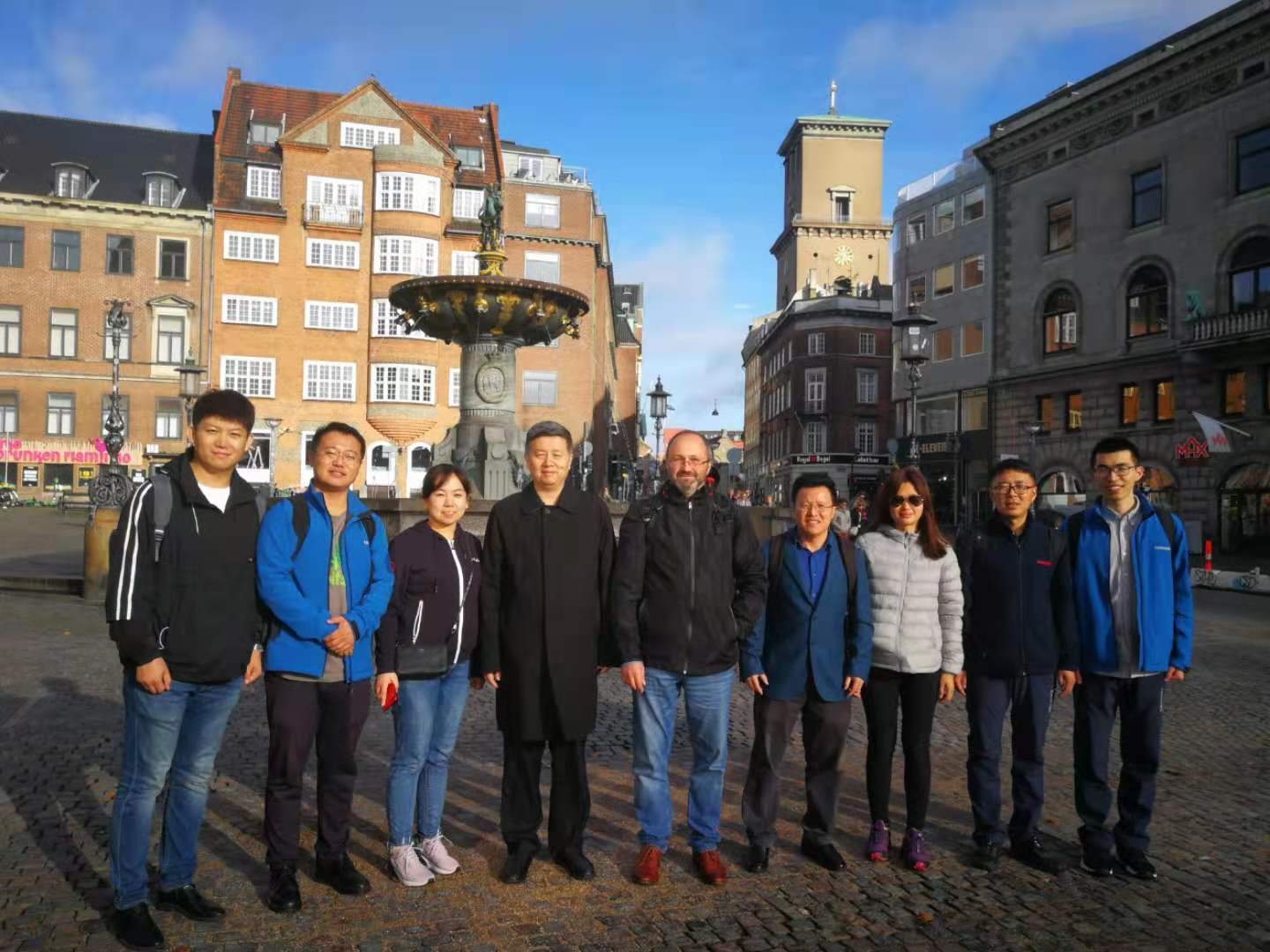From September 30 to October 3, 2019, the Institute for Polar Science and Engineering and the Polar Research Center of Jilin University sent staff to participate in the 8th International Symposium on Ice Drilling Technology held in Copenhagen, Denmark. The conference was hosted by the Center for Ice and Climate Research at the Niels Bohr Institute at the University of Copenhagen, Denmark. This symposium provided an opportunity to demonstrate new technologies of ice drilling and strengthen international cooperation and exchanges. In addition, the symposium covered topics related to ice drilling, such as ice core processing, borehole logging and logistics. A total of 58 oral reports and 28 wall posters had been set up. Around ice core drilling, hot water drilling, hot melt drilling, rapid ice drilling, sampling and cleaning technologies, subglacial environmental probes, drilling in complex conditions (such as high altitude drilling, warm ice, snow firn and brittle ice, etc.) Ice drilling-related technologies (such as drilling fluids, control systems, surface assistance systems, cables and hoses, etc.), directional drilling, ice core processing, ice borehole logging, logistical support and new challenges for future ice drilling were conducted extensively and in-depth exchanges.
All participants of the team in this symposium made oral reports or poster presentations, and conducted in-depth exchanges with international counterparts, which made a great role in promoting the research in this direction.
Summary gains mainly include the following five aspects:
1. Subglacial bedrock drilling
2. Drilling and sampling of subglacial lake
3. Ice shelf stability and subshelf sediment sampling
4. Sampling and analysis of the oldest ice cores
5. Ice sheet movement observation and drilling
At the final discussion stage of the symposium, the teams from different countries introduced the ice drilling plan for the next 5 years, through combing, it can be found that subglacial bedrock drilling, subglacial water environment detection and the oldest ice core are still the focus of research in the next 5 years.
